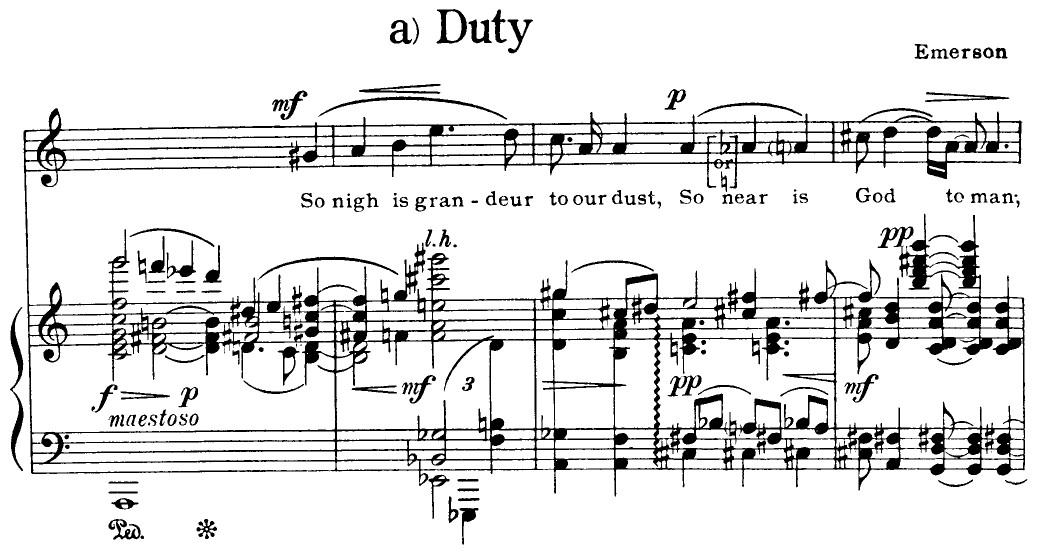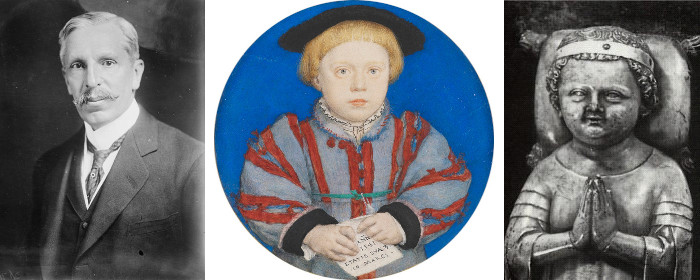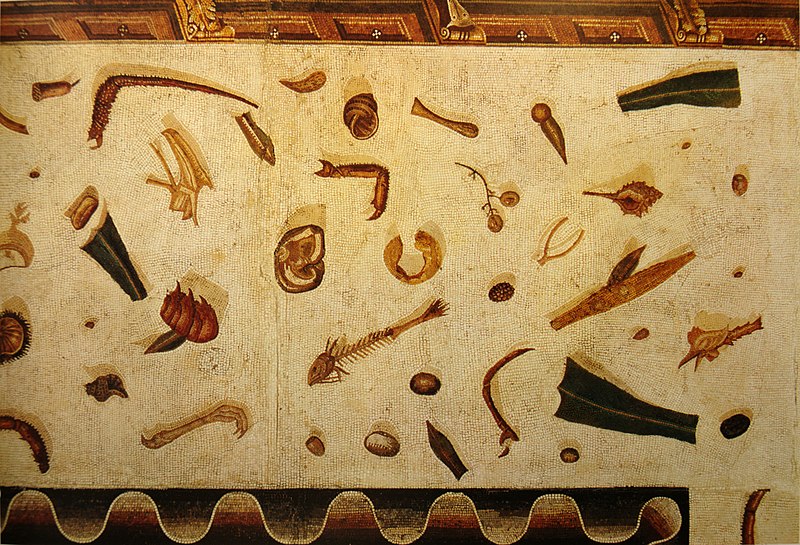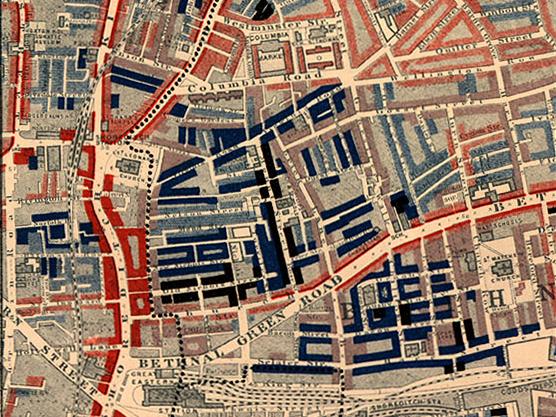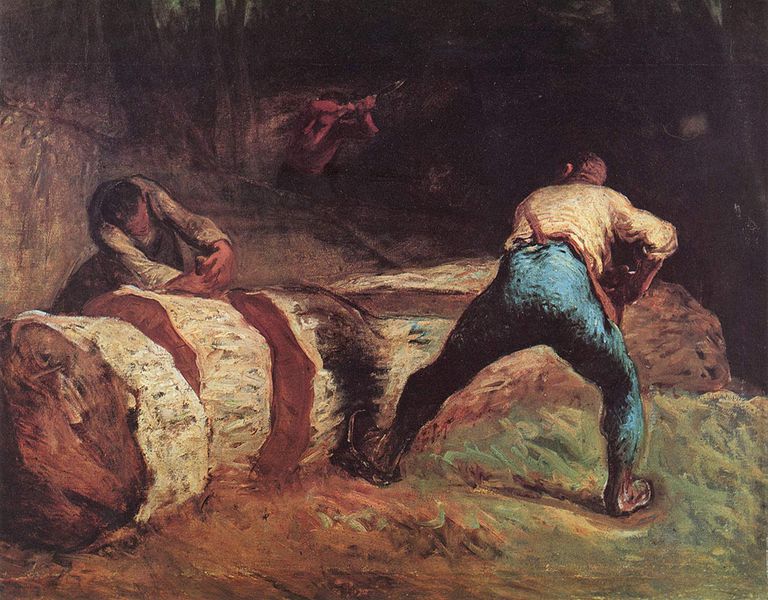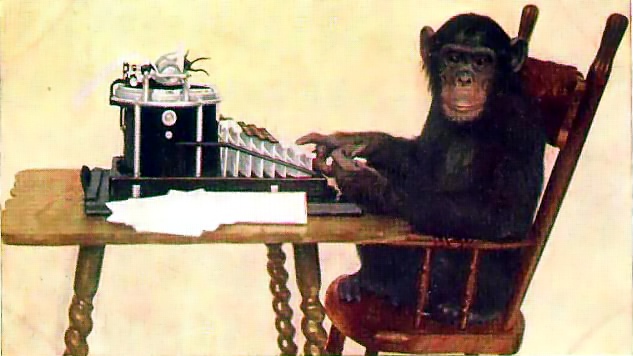
In 2003, students from the University of Plymouth placed a computer keyboard in the enclosure of six Celebes crested macaques in the Paignton Zoo in Devon for one month.
They published the result as Notes Towards the Complete Works of Shakespeare.
It’s hard to know what to make of this. “They are very intentional, deliberate, and very dextrous, so they do want to interact with stuff you give them,” offered zoo biologist Vicki Melfi.
But “the monkeys aren’t reducible to a random process,” concluded test designer Geoff Cox. “They get bored and they shit on the keyboard rather than type.”

